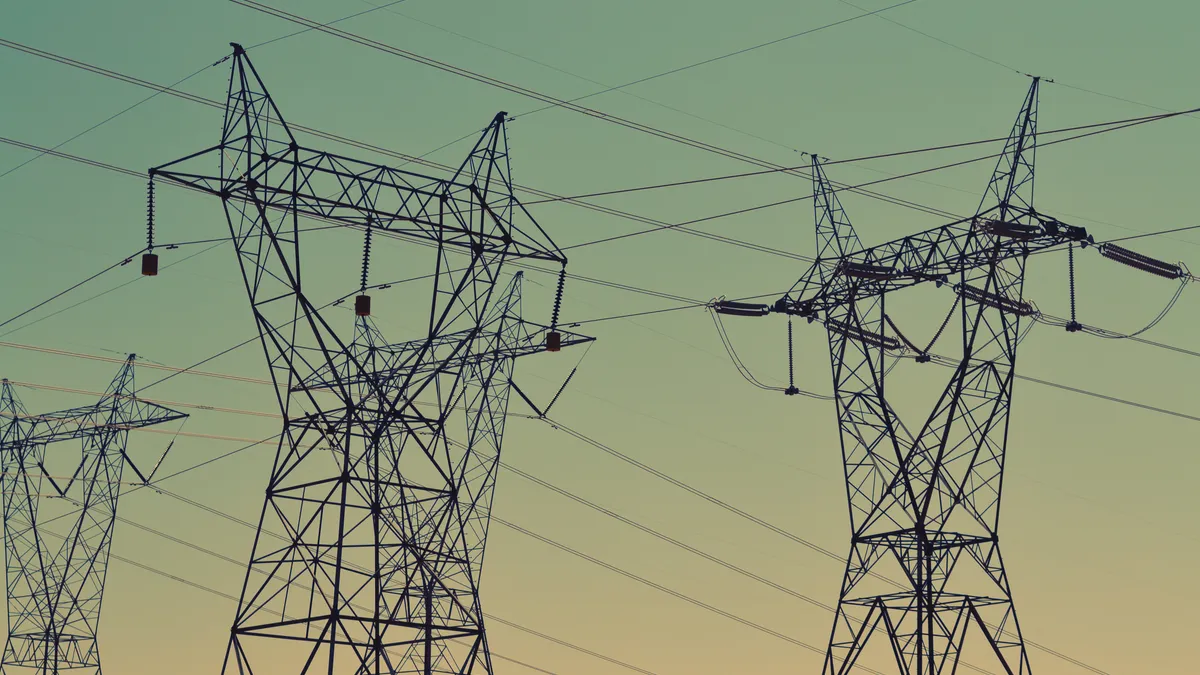Dive Brief:
- Major utilities are spending more than ever on their distribution systems, largely driven by capital expenditures to replace aging equipment, according to new analysis from the U.S. Energy Information Administration (EIA).
- Utility distribution spending has risen 54% since 1997, from $31 billion to $51 billion annually, EIA said following an analysis of major utilities representing about 70% of total U.S. electric load.
- During that same time, annual capital investment by these utilities for electric distribution systems nearly doubled — and remains the largest chunk of utility distribution system spending. That is also unlikely to change: some 70% of power transformers are 25 years or older, EIA said.
Dive Insight:
The nation's electric grid is rapidly aging. A 2015 report from the U.S. Department of Energy concluded 70% of power transformers are 25 years of age or older, 60% of circuit breakers are 30 years or older and 70% of transmission lines are 25 years or older. Utilities are rushing to modernize, not just to enable a new era of electric technology, but to maintain reliability.
EIA says capital investment "accounts for the largest share of distribution costs as utilities work to upgrade aging equipment." Utilities are now undertaking a host of equipment upgrades and replacements, from poles and wires to substation transformers, aiming to better withstand extreme weather events and enable easier frequency and voltage control during emergencies.
Investments and upgrades will need to continue, as electric vehicles become more commonplace. The National Renewable Energy Laboratory earlier this year concluded distribution transformers may need to be replaced more frequently, and peak load could push system limits with just one or two electric vehicles on a neighborhood circuit.
According to data from the Federal Energy Regulatory Commission, the largest increases in distribution spending were seen in older, more populated systems, particularly large cities like New York City, Boston, San Francisco, Chicago and Philadelphia.
EIA said operations and maintenance expenses have increased along with capital expenditures, as electric distribution systems "experience stress from several factors", including more customers, variable generation and natural disasters.
Accommodating distributed resources, in particular more customer-sited generation, is another key aspect driving the investment.
"Managing a grid with increasing amounts of customer-sited variable generation increases wear and tear on the distribution equipment required to maintain voltage and frequency within acceptable limits and to manage excessive heating of transformers during reverse power flow," EIA said.
The agency notes that in the last 10 years, investment in overhead poles, wires, devices and fixtures such as sensors, relays and circuits, rose by 69%. Spending on substation transformers and other station equipment increased by 35%. Investment in customer meters also more than doubled as more utilities have "upgraded customer meters to smart meters that can be accessed remotely, communicate directly to utilities and support smart consumption and pricing applications using real-time or near real-time electricity data," EIA said.















